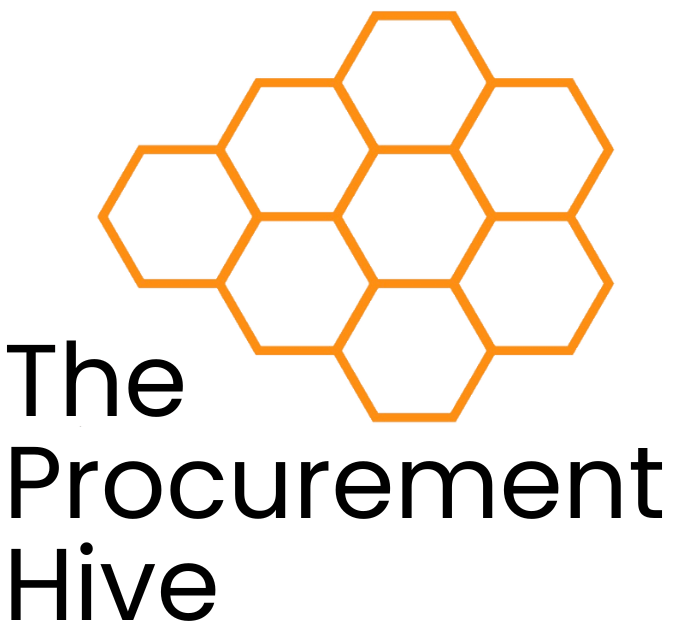Introduction:
Why Choosing the Right Procurement Consultancy Partner Matters…
In today’s fast-moving and highly competitive market, organisations face increasing pressure to improve their procurement performance. From cutting procurement costs and strengthening supplier relationships to managing risks and meeting compliance standards, procurement is now a key driver of business success.
To stay ahead, many companies are turning to expert procurement consultancy partners for support. A professional consultancy, such as The Procurement Hive, offers the experience, tools, and industry insights needed to optimise procurement strategies. Whether it’s improving sourcing processes, negotiating better supplier contracts, or building more sustainable supply chains, the right consultancy can deliver real, measurable results.
But not all procurement consultancies are created equal. Choosing the wrong partner can lead to wasted time, lost money, and missed opportunities. It can cause misalignment with your business goals, weaken supplier performance, and create internal confusion.
That’s why making the right decision is critical. By understanding what to look for—and what to avoid—you can select a procurement consultancy that aligns with your needs, supports your long-term strategy, and helps drive continuous improvement across your procurement function.
Lack of Industry Experience:
Not all procurement consultancies are created equal. Some may boast general consulting prowess but lack hands-on experience in your specific industry. Procurement in healthcare is wildly different from procurement in manufacturing or IT.
Red Flag: Vague claims of “cross-industry expertise” without clear case studies or references.
What to Look For Instead: Ask for specific examples of work in your sector. Industry-specific insight means faster onboarding, fewer missteps, and more relevant strategies.
One-Size-Fits-All Approaches:
Procurement strategies should be as unique as your organisation. Be wary of partners who offer templated solutions or pre-packaged frameworks without taking the time to understand your internal structure, goals, and constraints.
Red Flag: Over-reliance on proprietary models without customisation.
What to Look For Instead: A procurement consultancy that takes the time to listen, analyse, and tailor their approach to your business needs.
Overpromising and Underdelivering:
Some procurement consultancies promise quick wins, massive savings, and transformation overnight. Sound too good to be true? It probably is.
Red Flag: Bold claims with little transparency about how they’ll achieve results.
What to Look For Instead: Realistic, data-backed projections and a phased implementation plan. A trustworthy partner will talk about how they’ll get you there, not just what they’ll deliver.
Limited Change Management Expertise:
A procurement consultancy that can’t manage the human element of change will leave you with great ideas on paper and zero buy-in from your team.
Red Flag: Focus solely on cost savings, with no mention of communication, training, or stakeholder alignment.
What to Look For Instead: A partner who recognises the importance of culture, leadership alignment, and internal engagement in procurement transformation.
Opaque Fee Structures:
Hidden costs and unclear billing models can derail even the most promising partnerships. If a procurement consultancy isn’t upfront about how they charge, it can lead to budget blowouts and unpleasant surprises.
Red Flag: Vague fee descriptions or shifting pricing models mid-project.
What to Look For Instead: Transparent, well-defined contracts with clarity on deliverables, billing milestones, and contingency costs.
Technology Without Strategy:
Digital procurement tools are essential, but tech without strategy is just an expensive distraction. Avoid consultancies that push software solutions without a broader plan for integration, adoption, and ROI.
Red Flag: Heavy emphasis on software solutions with minimal discussion of strategic outcomes.
What to Look For Instead: A procurement consultancy that aligns technology recommendations with your business goals, maturity level, and long-term vision.
Poor Communication and Rigid Processes:
If your procurement consultancy can’t communicate effectively or adapt to changing business needs, they can quickly become a bottleneck instead of a catalyst.
Red Flag: Slow response times, inflexible project timelines, or a “take-it-or-leave-it” mindset.
What to Look For Instead: An agile, collaborative partner that treats your business as a dynamic environment—not a box to check.
Conclusion:
Choosing the right procurement consultancy partner is a critical decision – one that can impact your cost base, supplier relationships, and internal efficiency for years to come. By knowing what to avoid, you’ll be better positioned to select a partner that drives measurable results, not just promises.
Remember: The best procurement consultancy doesn’t just deliver savings, they deliver confidence, capability, and lasting value.


